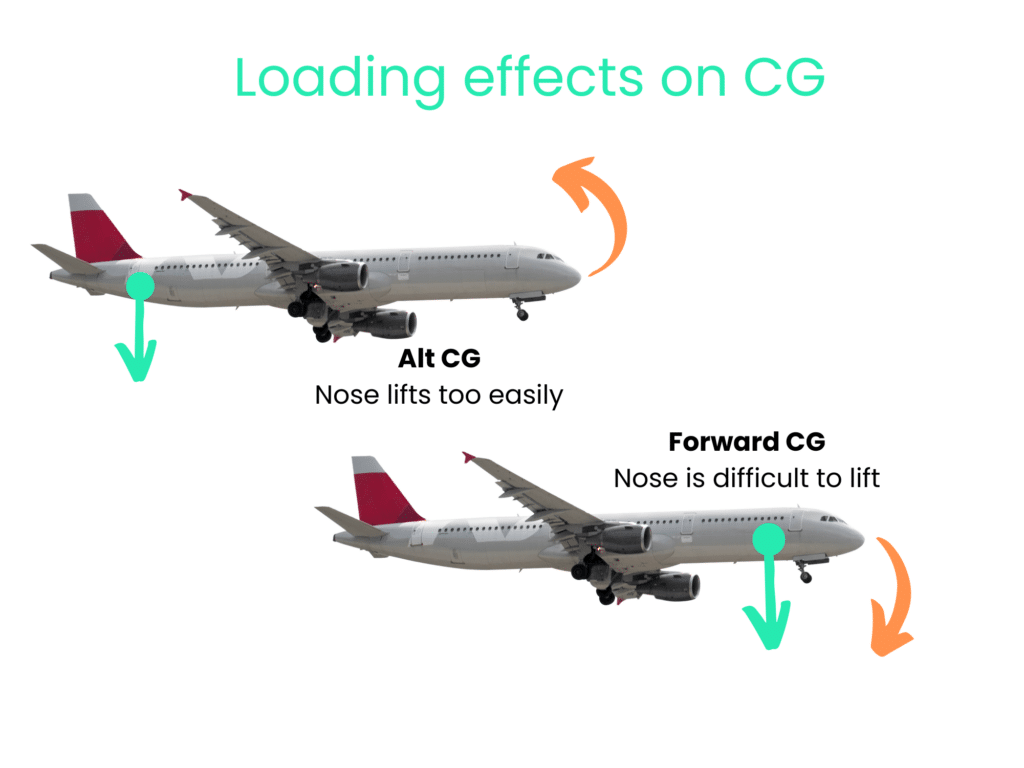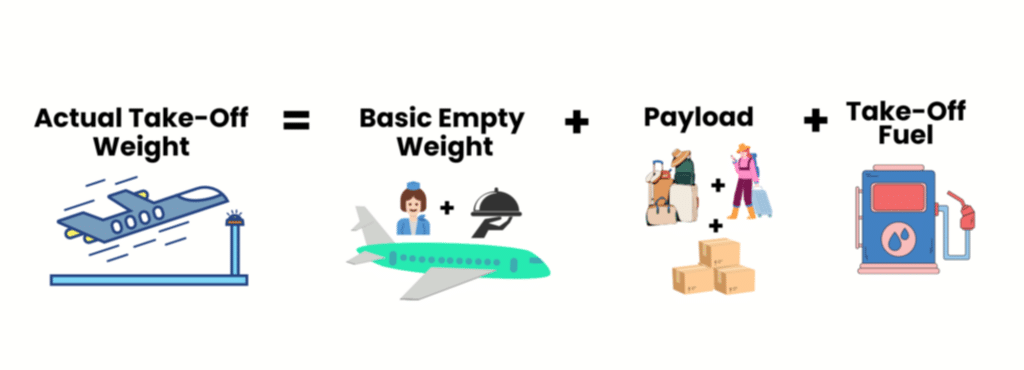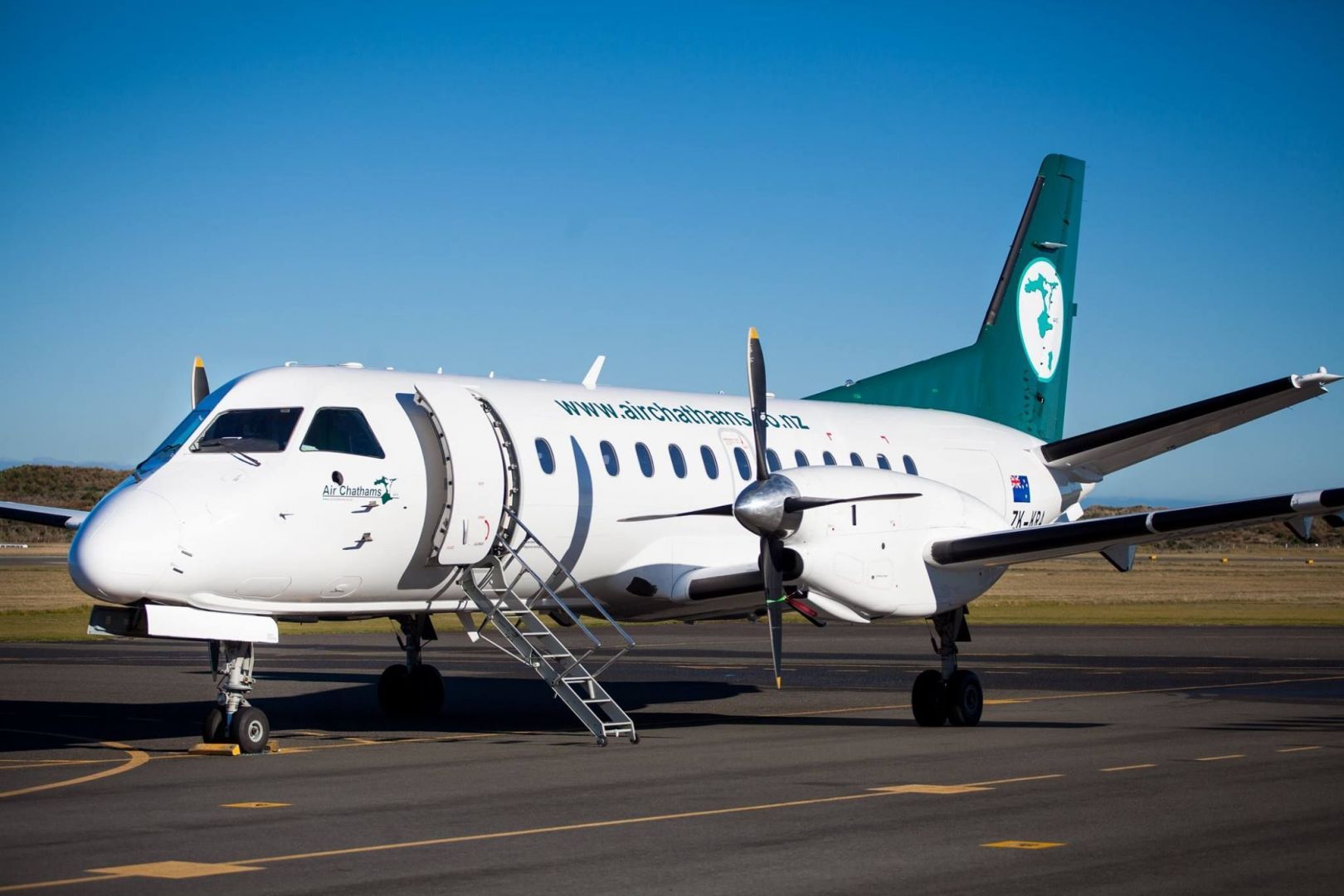Mass and Balance: The Ultimate Guide
Introduction and Overview
The art of flight, with its elegance and precision, relies on various scientific principles. One critical component is the delicate balance between the mass of an aircraft and its distribution – a balance that ensures safety during every flight phase. This careful calculation and management of weight and its placement are integral to the operation of any aircraft, from the smallest drone to the largest commercial airliner. In this article, we will provide an overview to weight and balance. Let’s start with an overview and the basics behind mass and balance.
The Mass and Balance (M&B) Module
Understanding weight and balance isn’t just about ensuring an aircraft can lift off the ground. It’s about ensuring that once airborne, the aircraft can operate safely, respond as expected to pilot inputs, and land without undue risk. Mismanaging weight and balance can compromise an aircraft’s structural integrity and even result in fatal accidents.
In an EFB app, the Mass and Balance module is a critical part of flight operations, ensuring that aircraft is loaded correctly to maintain safe flight characteristics. The purpose of mass and balance module is to calculate the optimal distribution of weight and balance within an aircraft to maintain its stability and performance during flight.
The output of the mass and balance module is in the form of a loadsheet that provides vital information such as the aircraft’s weight, centre of gravity, and trim settings. Envelope assessment and mass/index limitation graphs give EFB admins an overview of the aircraft’s weight limitations and ensure that they are not exceeded.
The Science Behind Mass and Balance
At its core, weight and balance boil down to two central components:
- Weight: Simply put, this is the mass of the aircraft and everything on board, measured in pounds or kilograms.
- Balance: More technically referred to as the centre of gravity (CG), balance is the point at which an aircraft would perfectly balance if suspended.
Decoding the Center of Gravity (CG)
The aircraft’s CG is crucial. It determines how the aircraft will respond to pilot inputs and external forces. If the CG is too far forward, the nose might be heavy, causing the aircraft to pitch down. If too far back, the tail becomes heavy, potentially leading to a stall.

The position of the CG also affects the aircraft’s stability. An aircraft with a CG too far back might become unstable, making it hard to control.
The Proactive Solution
This delicate equilibrium is maintained through rigorous checks, calculations, and protocols before every flight. The coordination between pilots, ground crew, flight planners, and air traffic control ensures that the aircraft’s weight and balance are optimized for the conditions of the specific flight.
Deepening Our Understanding: Technicalities and Formulas
Every object onboard an aircraft, from the smallest piece of luggage to the largest fuel tank, plays a role in its overall balance. The formula which captures this is:
CG = Σ (weight × arm) / Σ weight
Where:
- Weight represents the weight of items and components onboard.
- Arm is a specific distance from a predetermined reference point, typically at the aircraft’s front.

This formula allows for the computation of the center of gravity (CG), a pivotal point that dictates the aircraft’s balance.
Step-by-Step Calculation
- Itemization: Catalog all onboard items, each with its weight.
- Arm Assignment: Using detailed schematics and aircraft manuals, determine the arm for each weight.
- Moment Derivation: By multiplying individual weights by their respective arms, compute each item’s moment.
- Total Moments & Weights: Sum all individual moments and weights.
- Final CG Calculation: Divide the cumulative moment by the total weight to pinpoint the aircraft’s CG.
Regulatory Landscape & Safety Implications
Beyond the immediate physics and engineering aspects, a complex web of regulations envelops the domain of mass & balance. Regulatory bodies like the FAA and EASA enforce strict standards, often derived from tragic lessons in aviation history. Compliance isn’t just a bureaucratic necessity; it’s central to ensuring the safety of passengers, crew, and the aircraft itself.
Detailed Procedure & Best Practices
- Ready Resources: Begin with all necessary resources like up-to-date aircraft manuals, loading data, and digital tools.
- Data Aggregation: Compile data on all weight contributors including passengers, cargo, onboard equipment, and fuel.
- Computational Rigor: Use precise methods to derive the CG, ensuring to double-check all calculations.
- Validation: Cross-verify the obtained CG against the aircraft’s permissible limits.
- Detailed Documentation: Maintain rigorous records of all procedures, calculations, and outcomes, aiding in transparency, accountability, and future references.
Mass and Balance in EFBOne
EFBOne includes a mass and balance module that enables calculations and helps finding optimal distribution that provides stability and performance during flight. This includes:
- Cabin holds and jumps seats
- Pantry Codes
- Flaps and Trim settings
- Stretchers
Summary
Aircrafts are feats of engineering, built to withstand certain weight limits and designed to maintain stability with a specific distribution of that weight. Exceeding these limits or mismanaging the weight distribution can lead to reduced efficiency, performance issues, or even catastrophic failure. Misalignment in an aircraft’s balance can lead to longer takeoff rolls, decreased maneuverability, higher fuel consumption, and even structural damage.


